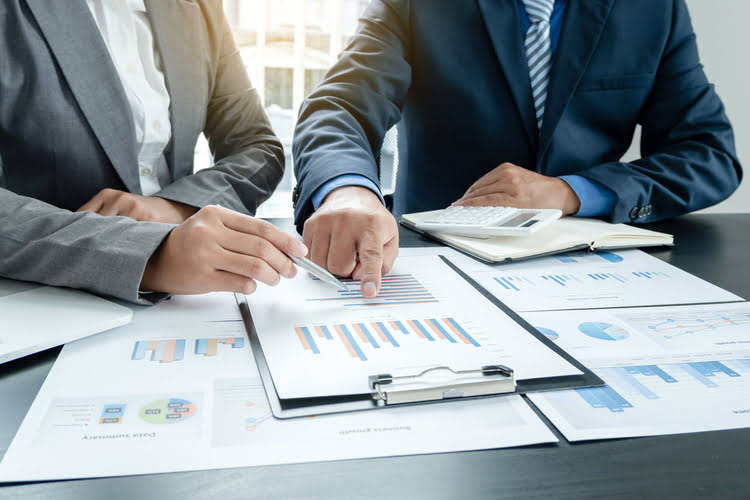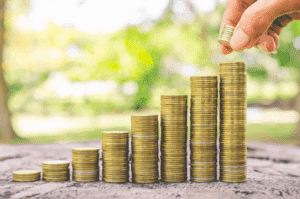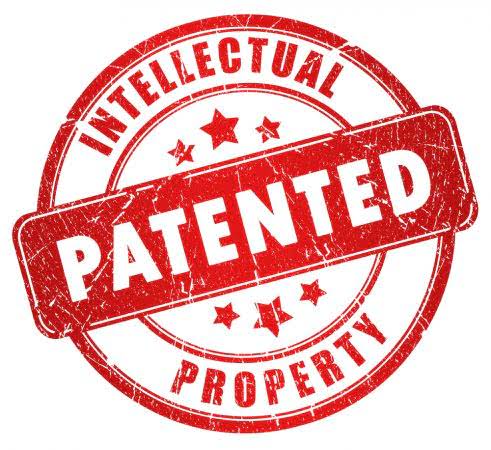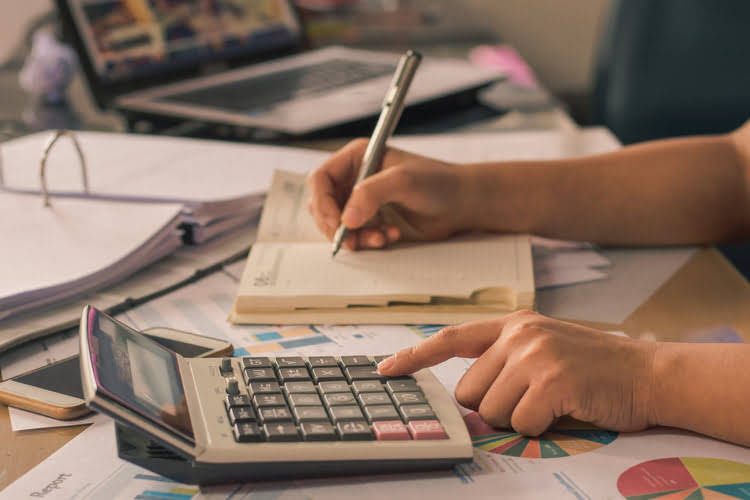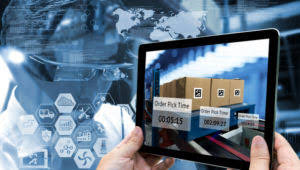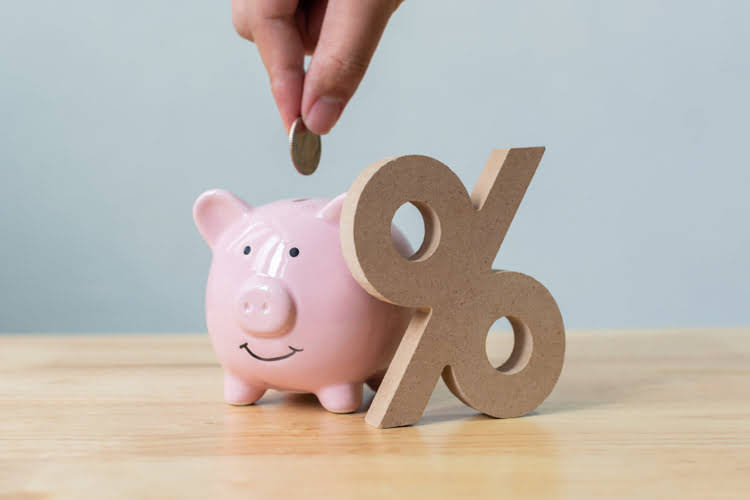These tools, including RevPAR, ADR, and occupancy rate calculators, help you quickly measure the impact of your pricing strategies and track your revenue growth. The following key performance indicators (KPIs) will help you understand the impact of costs on your hotel’s revenue and profitability. LPAR can be tracked and monitored by dividing the total labor cost by the total number of room nights made available in a specific period. Watching this number helps evaluate the efficiency of labor costs against your hotel capacities and gives you a clear signal about the extent to which labor costs are being controlled.
Cost per available room (CostPAR)
Using financial metrics to assess hotel performance is a crucial practice for hoteliers seeking to enhance their operational efficiency and profitability. Key metrics such as RevPAR (Revenue Per Available Room), ADR (Average Daily Rate), and occupancy rates provide valuable insights into the hotel’s financial performance. Additionally, it should offer functionalities for payroll management, expense tracking, and revenue monitoring. Integration with existing hotel management systems is also vital, as it streamlines operations and enhances data accuracy. Hotel accounting is the process by which cash flows are tracked across departments in order to analyze the hotel’s financial position during any particular period. The person in charge does this by making sure the balance sheets, profit and loss, and cash flows are all up-to-date.
What are the Common Types of Financial
This includes managing accounts receivable and accounts payable, which are crucial for maintaining the hotel’s finances. By analyzing the cash flow statement, hotel accountants can identify potential cash shortfalls and take proactive measures to optimize cash flow management. It’s also important to integrate cash flow analysis with the overall financial position, as this allows for better forecasting and budgeting. Ultimately, a thorough understanding of cash flow statements is crucial for ensuring the financial health of hotels and restaurants. These tools automate financial management tasks by tracking revenue, expenses and transactions.
Accounts receivable clerk
The cloud-based nature of roomMaster reduces IT costs and simplifies infrastructure, keeping you on top of the latest tools. With GOPPAR and demand forecasting, you get a powerful toolset to drive hotel operating costs down and profits up. You make smarter pricing decisions, optimize room rates, and ultimately keep your hotel profitable, no matter what the market throws at you. If you look at your profit and loss (P&L) statement more closely, it’s not hard to notice that operating costs differ in departments. Whether it’s energy consumption, labor, or supplies, these increasing costs can affect your bottom hotel accounting line quickly. By accurately tracking your business’s financial data, you’ll be confident in your compliance with tax laws and regulations and be ready to provide any essential information during an audit.
- Many hoteliers rely on user feedback to gauge the effectiveness and reliability of various accounting systems.
- For example, high labor costs may stem from overstaffing or poor scheduling, while energy bills can surge without proper system maintenance.
- Here are some of the distinct aspects of hotel accounting that you won’t find in many other types of business.
- The information provided on this blog is for general informational purposes only, and should not be construed as business, legal, tax, accounting or financial advice.
Revenue management leaders are guiding hotel operators through this transition. Hotel accounting gives you the information and insights you need to maximise your revenue. The best hotel management accounting software boosts profits through practices like forecasting, dynamic pricing, direct bookings and streamlined inventory management. Accounting software is designed to help restaurants manage their end-to-end accounting process.
Spending too much time processing invoices
It’s crucial to regularly keep track of your revenue and expenses on a daily, weekly, monthly, quarterly and yearly basis. As a restaurant or hotel owner, these are some of the main revenue and expenses you should track. With the help of an accounting system and bookkeeping templates, it’s easy to keep on top of your numbers and manage your accounting in-house.
Financial reporting
The views and opinions expressed in this blog are solely those of the authors and do not necessarily reflect the official policy, position, or endorsements of Lendio. While Lendio strives to keep its content current, it is accurate only as of the date posted. Business trends, financial conditions, regulations, and offers are subject to change without notice and may no longer be relevant or available.
- Tracking each revenue stream separately while consolidating data into comprehensive financial statements presents a significant challenge.
- Analyze hospitality market trends, booking patterns, and local events to predict when demand will rise or fall.
- It’s important to take the time to run through the features of each accounting system to see which best meets the needs of your hotel or restaurant.
- Being familiar with every category and purchase is crucial for the accountant to work successfully.
- With these financial responsibilities in mind, the right accounting software can make the entire process more efficient.
- Consider whether you need a cloud-based solution or an on-premises system, as this can affect accessibility and data security.
Through content, Dean aims to provide education, inspiration, assistance and value for accommodation businesses looking to improve the way they run their operations achieve their goals. About 62% of hotel operators report that staff view tools like scheduling software, task management apps, and communication platforms as empowering. With roomMaster PMS, staff can quickly handle front desk operations, monitor room status, and make fast group bookings.
